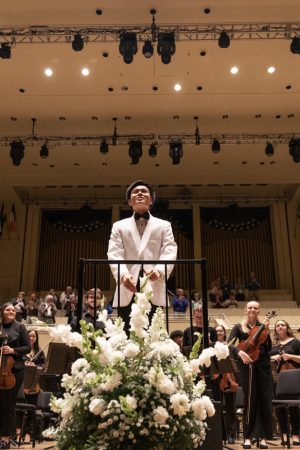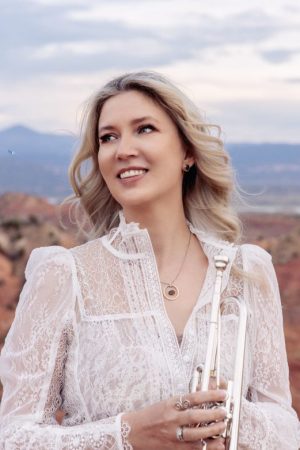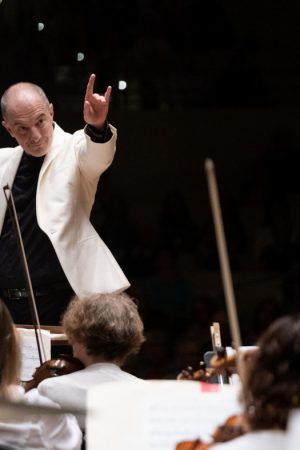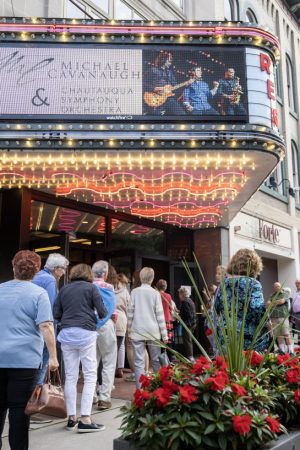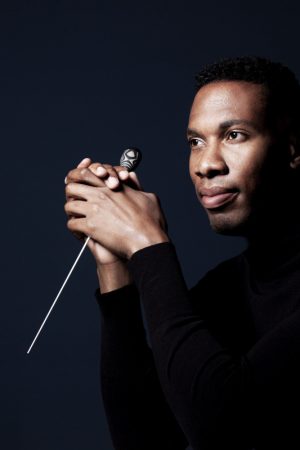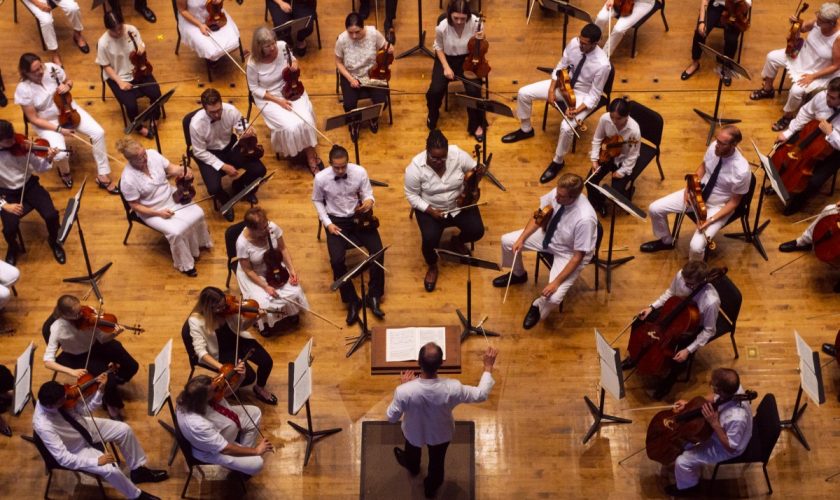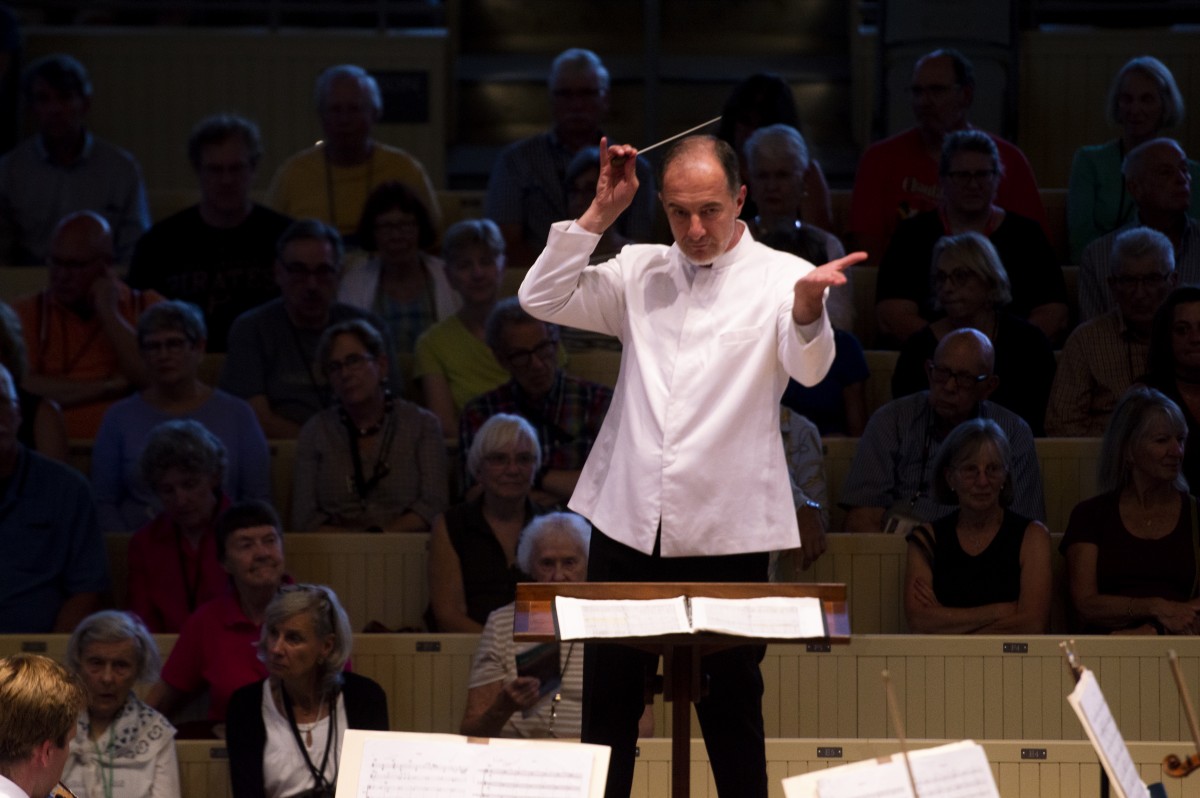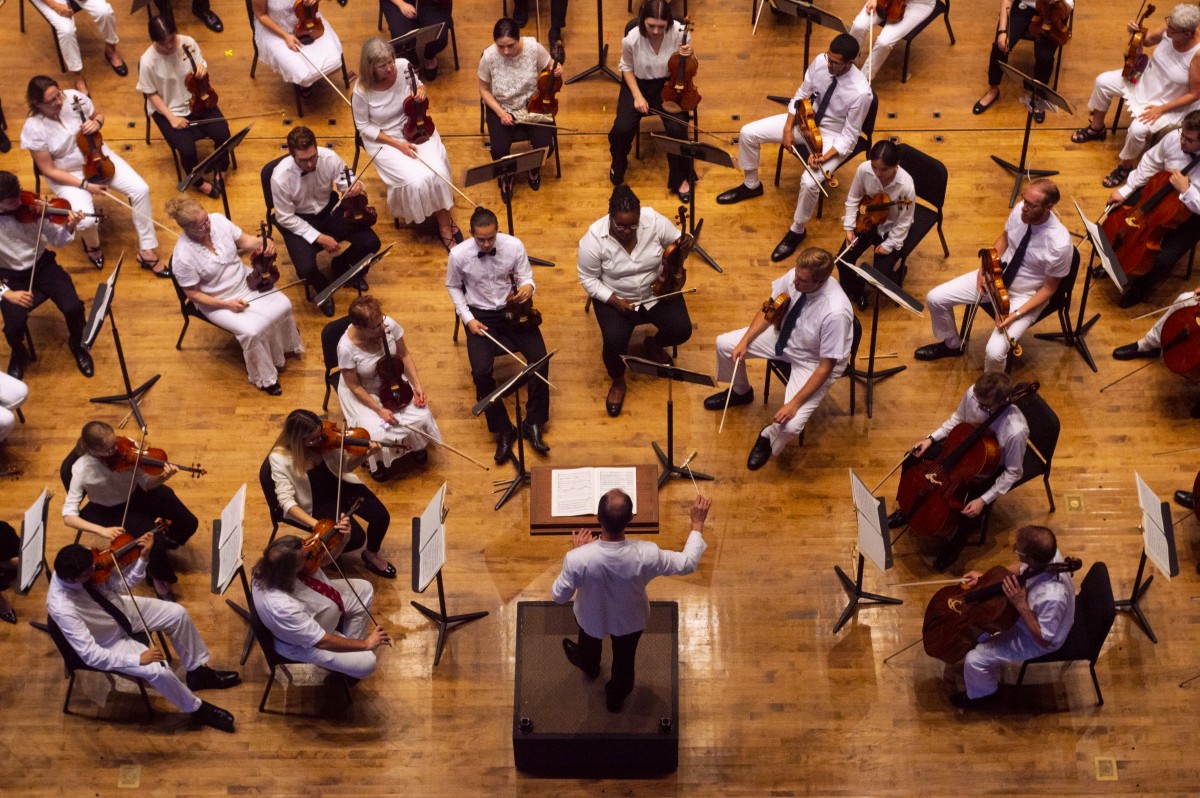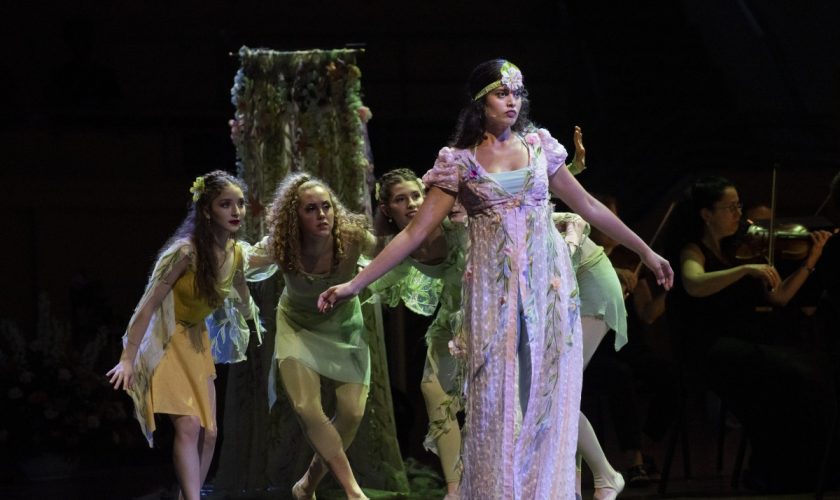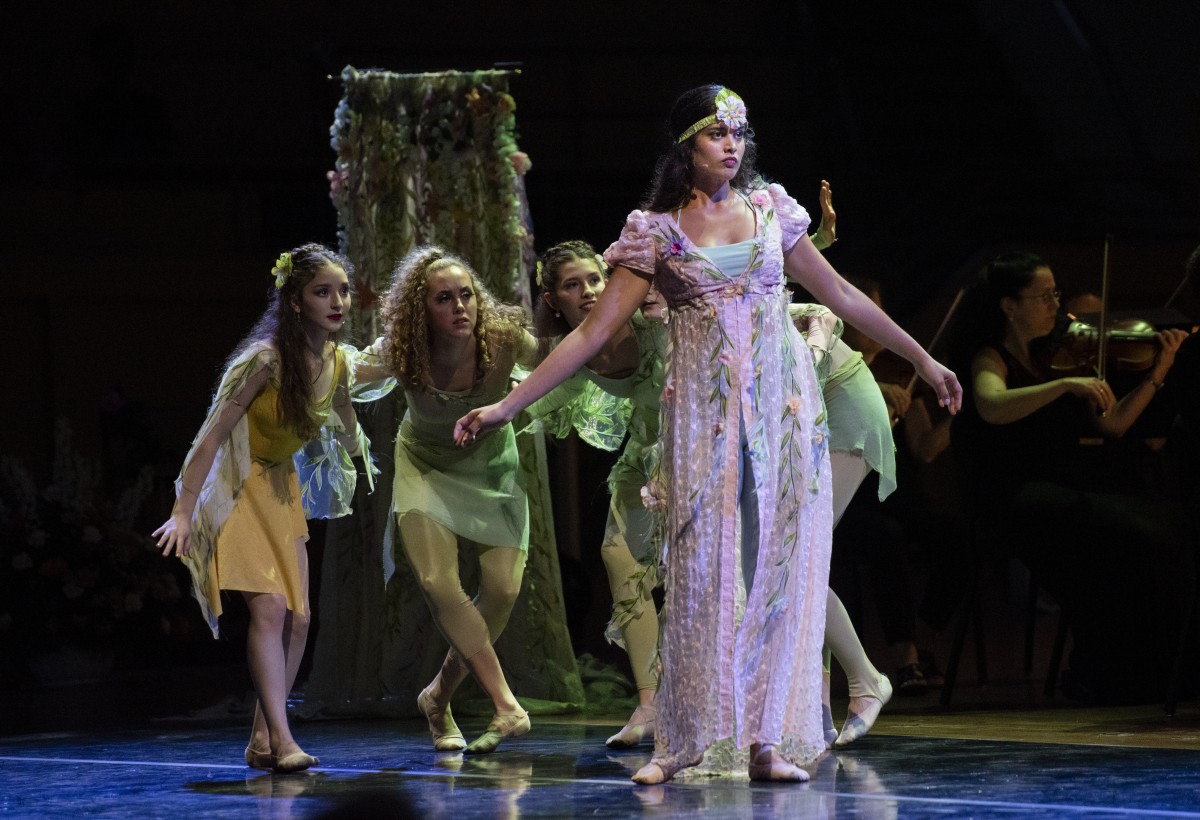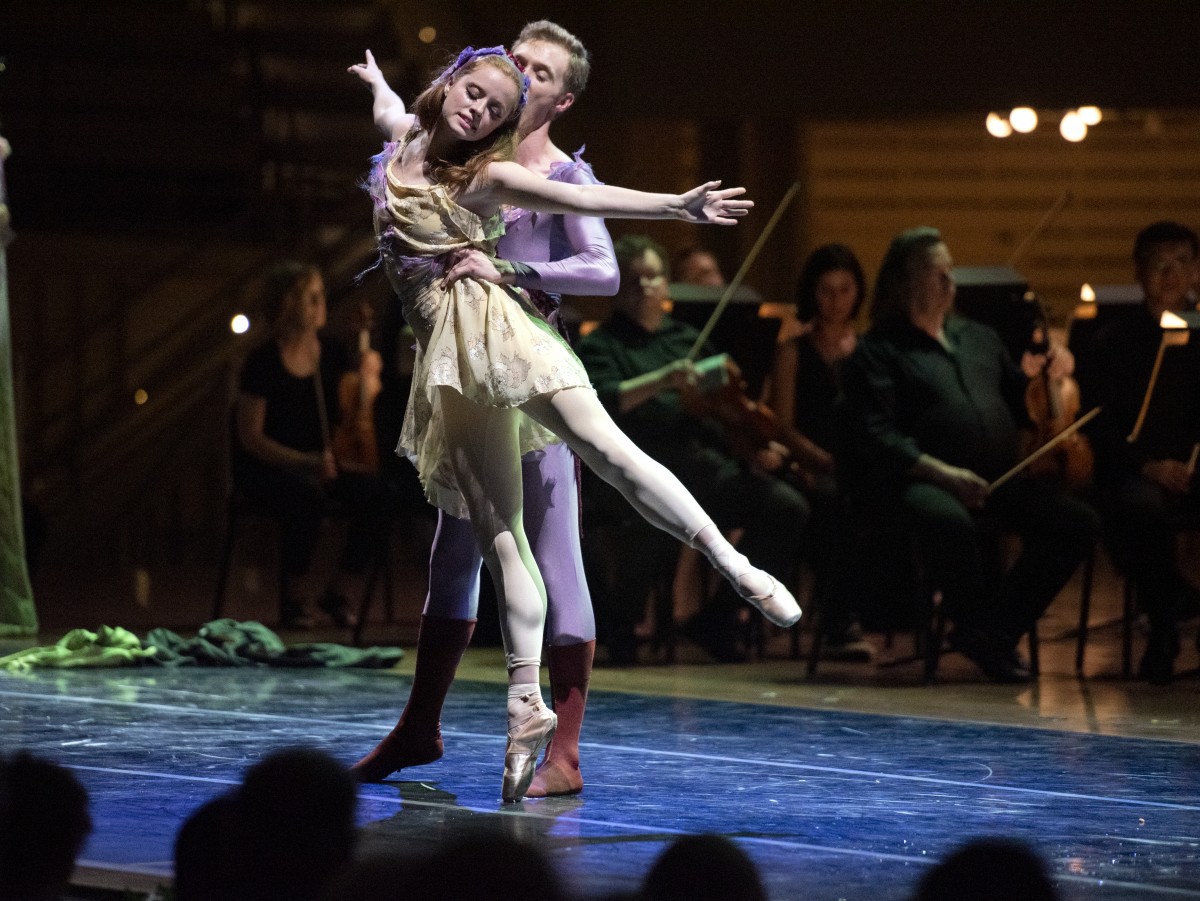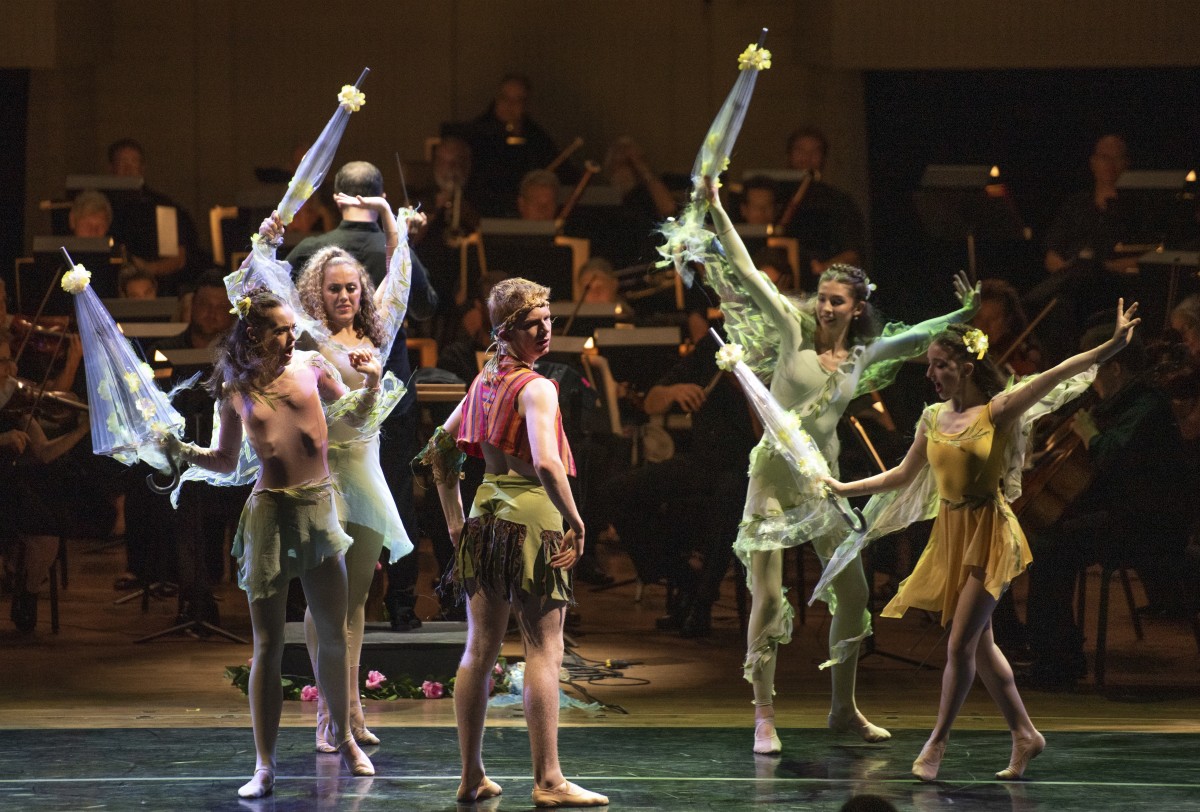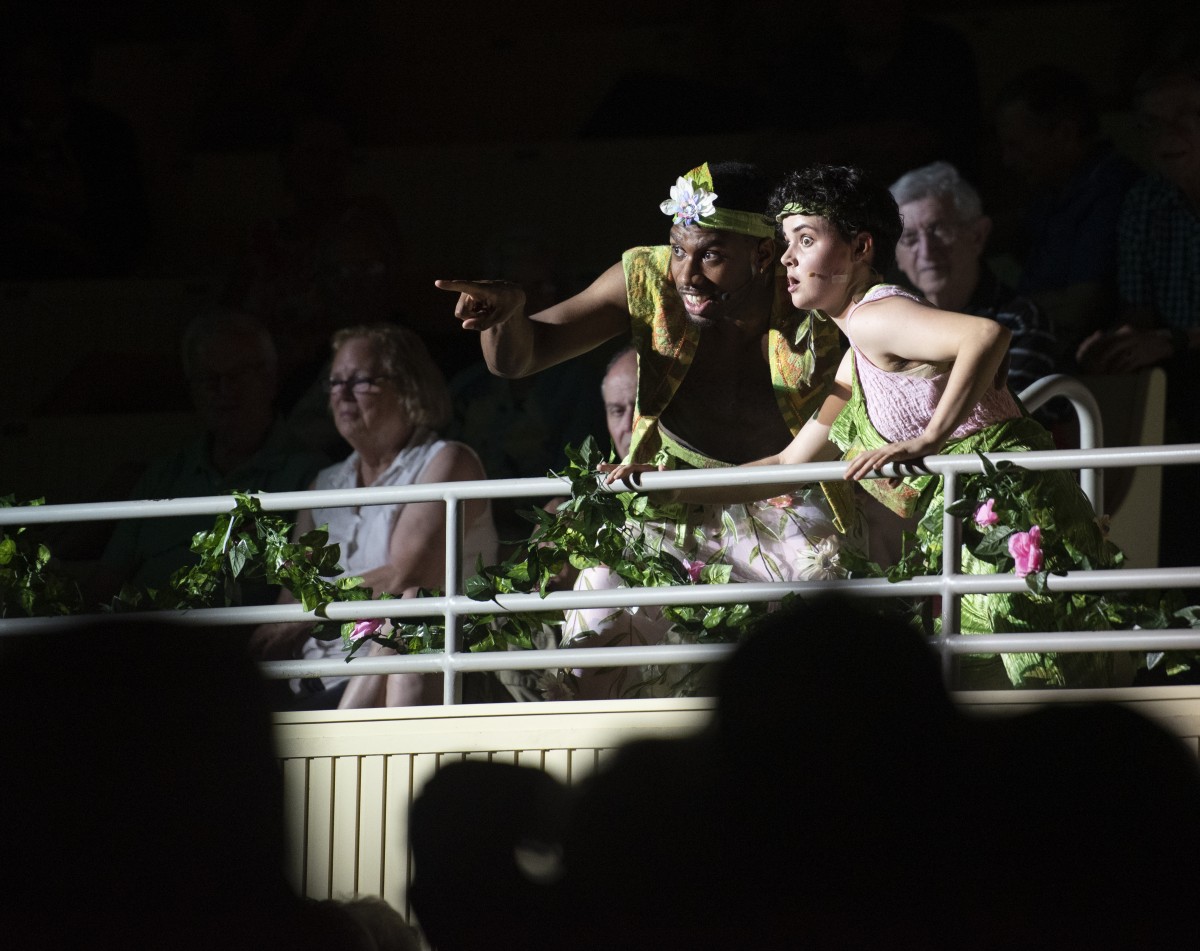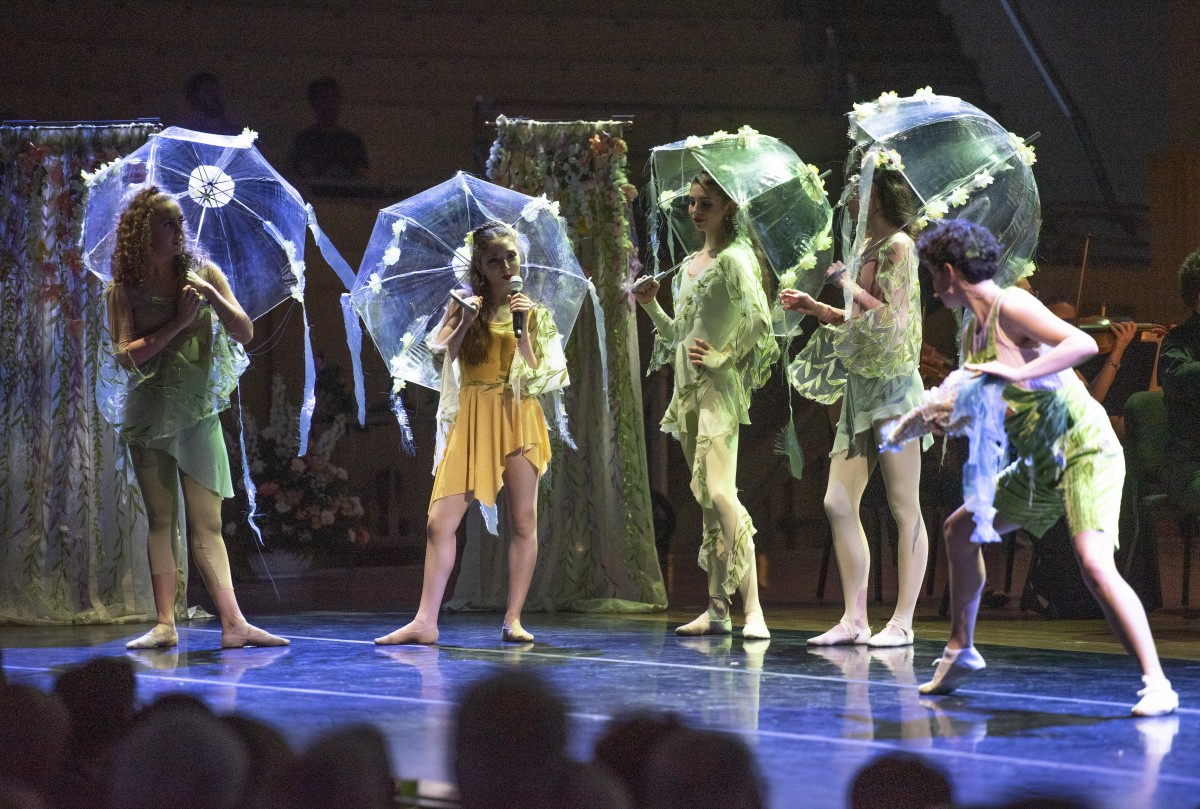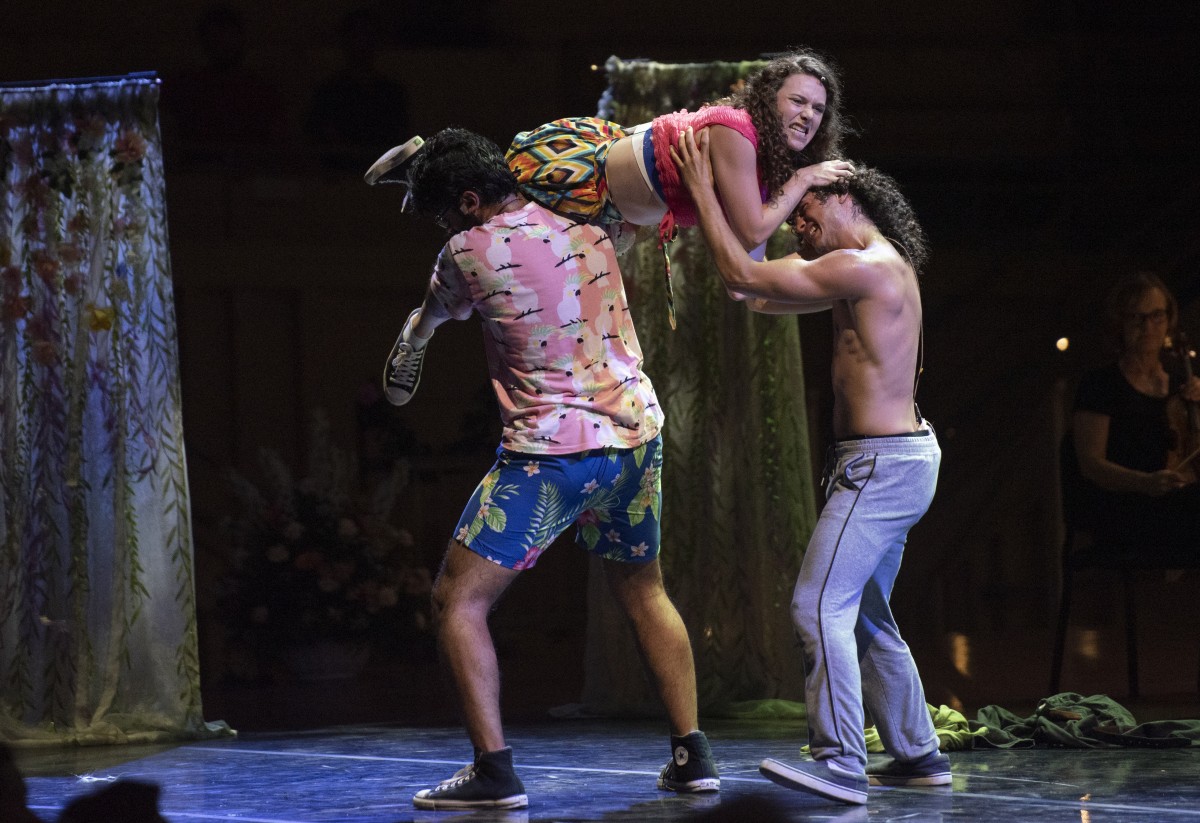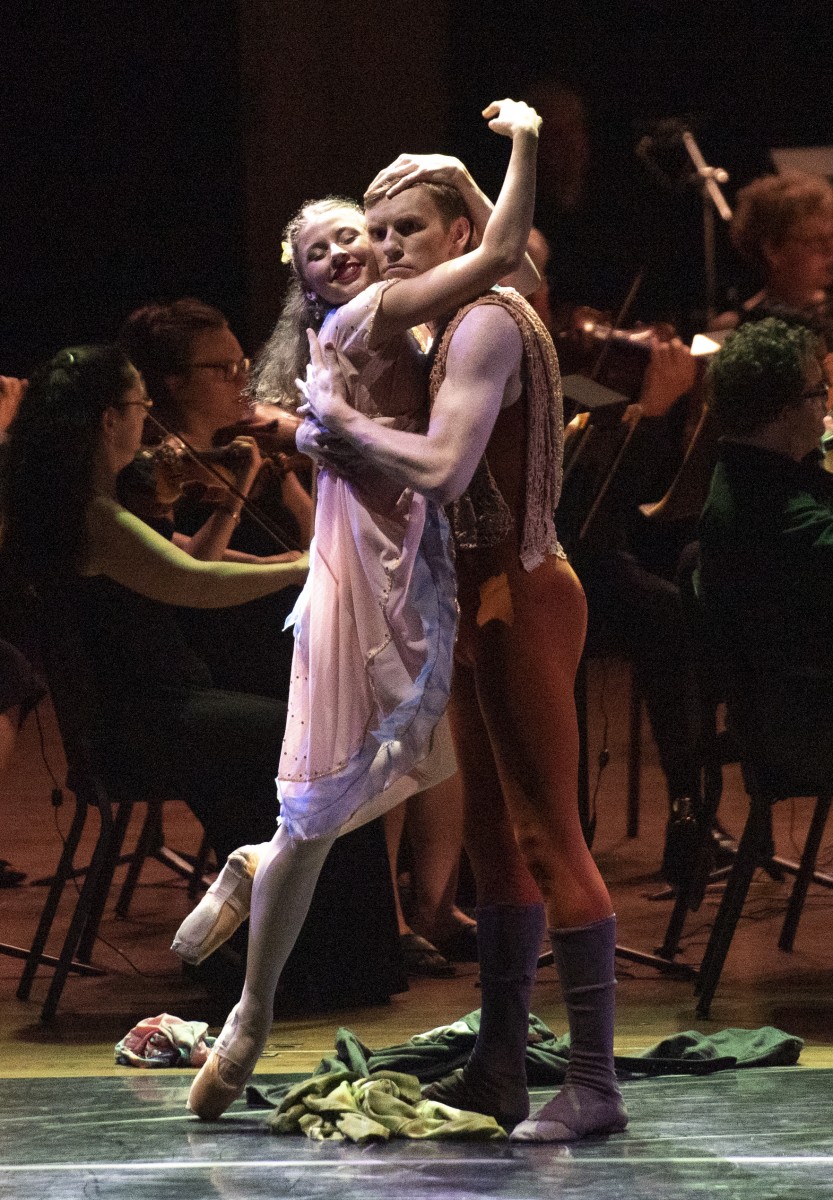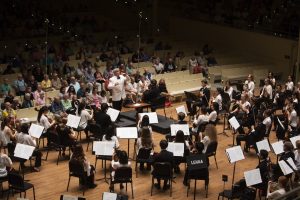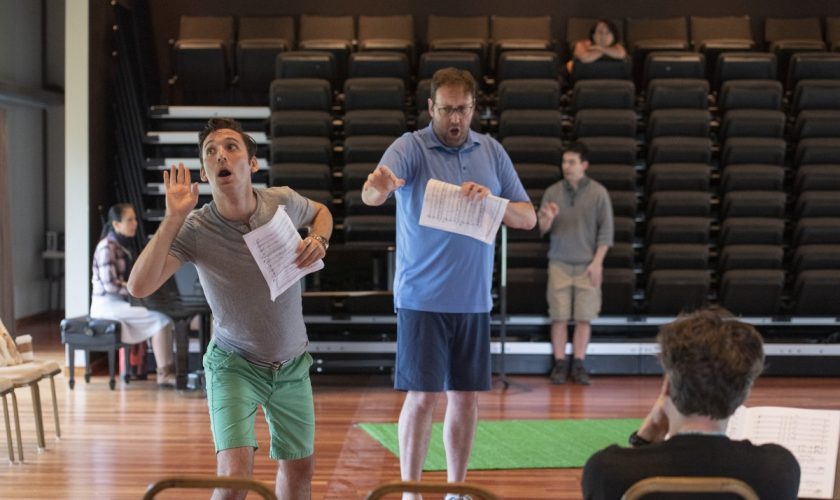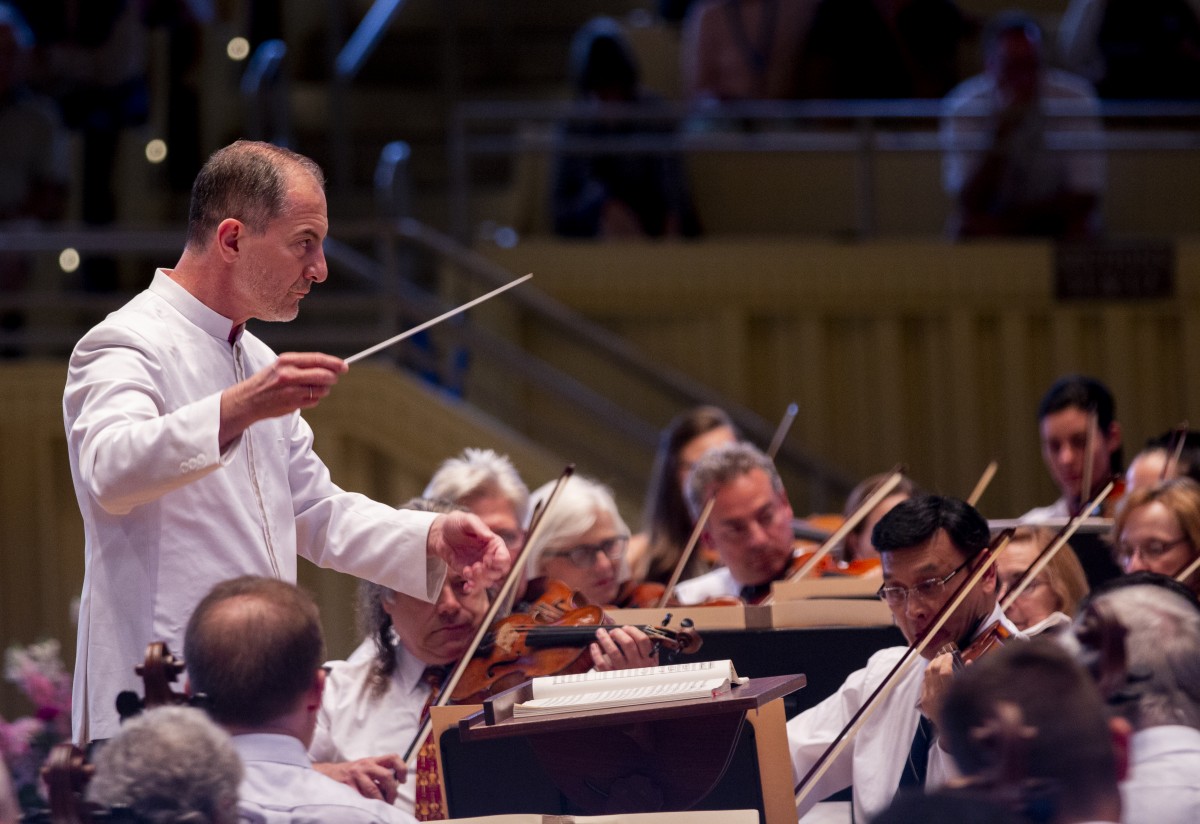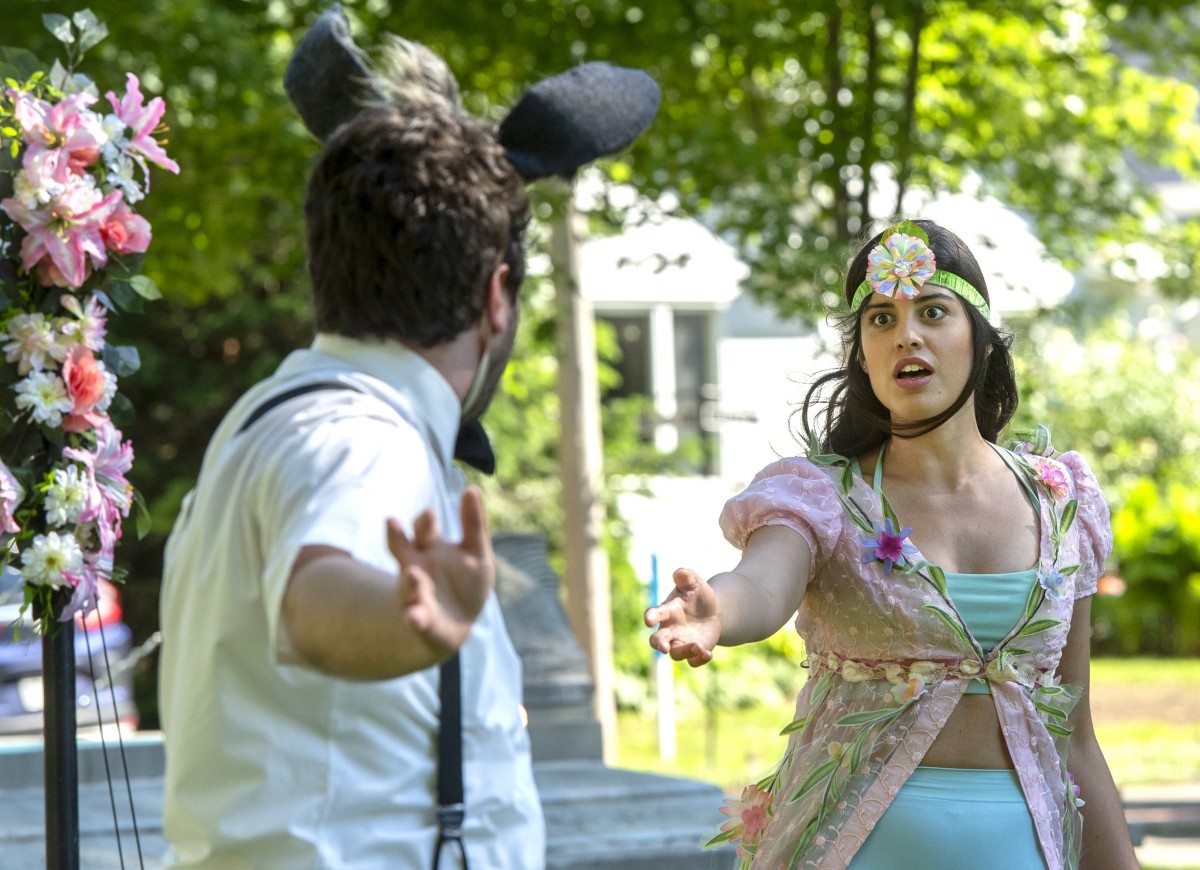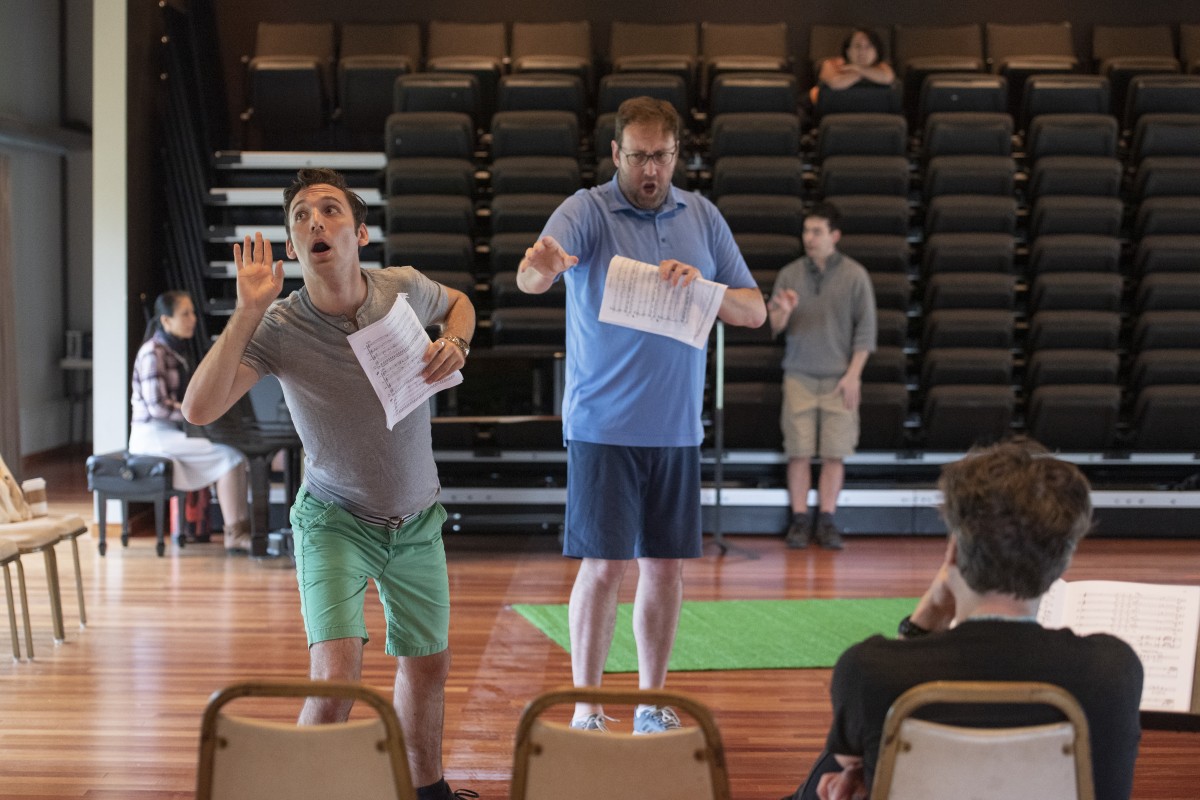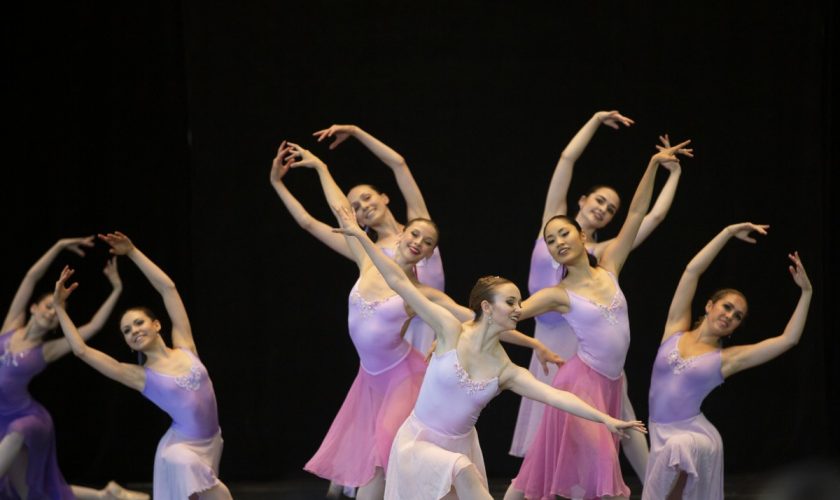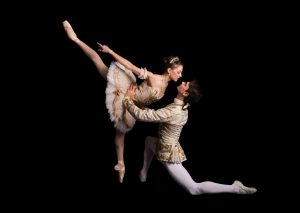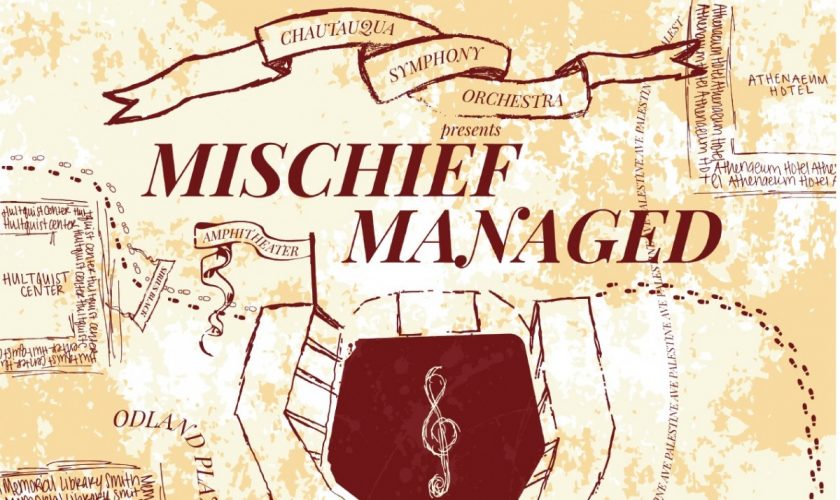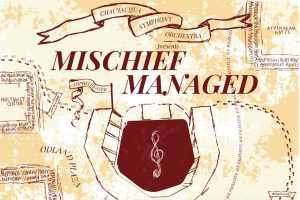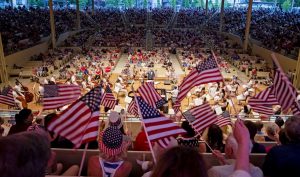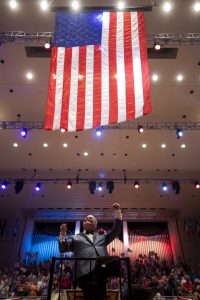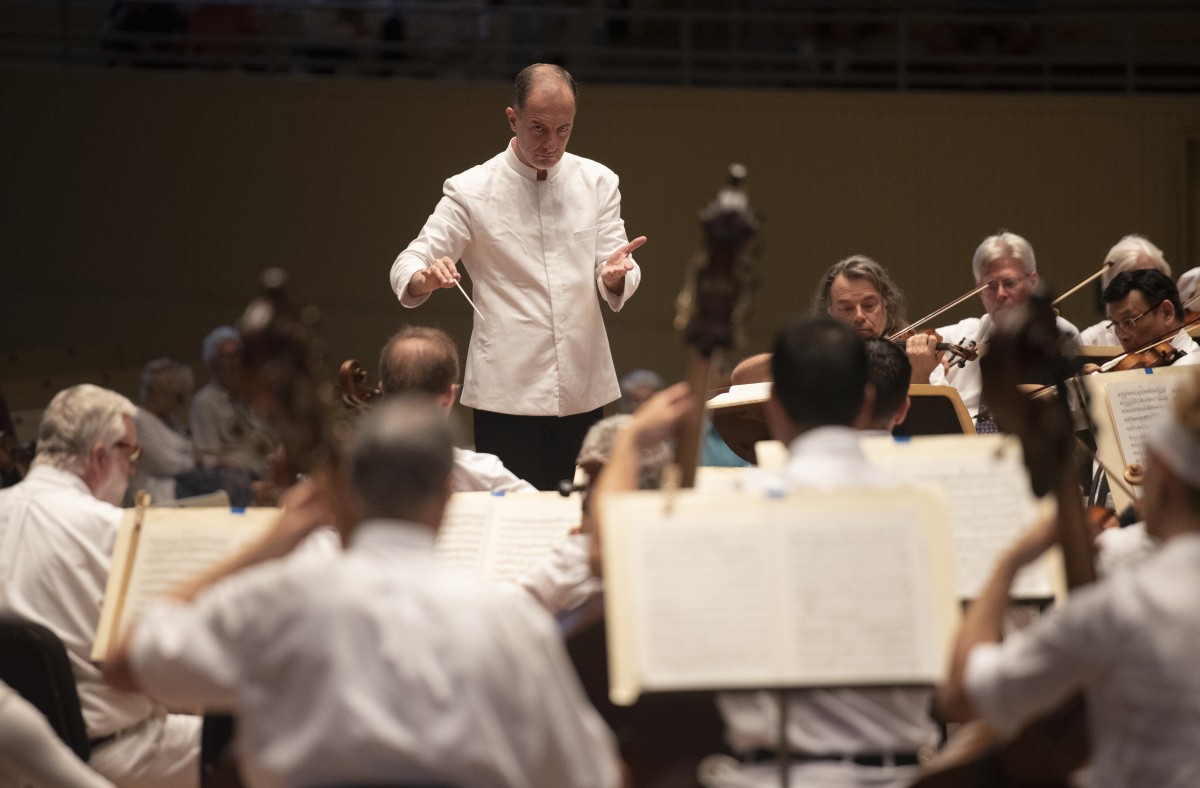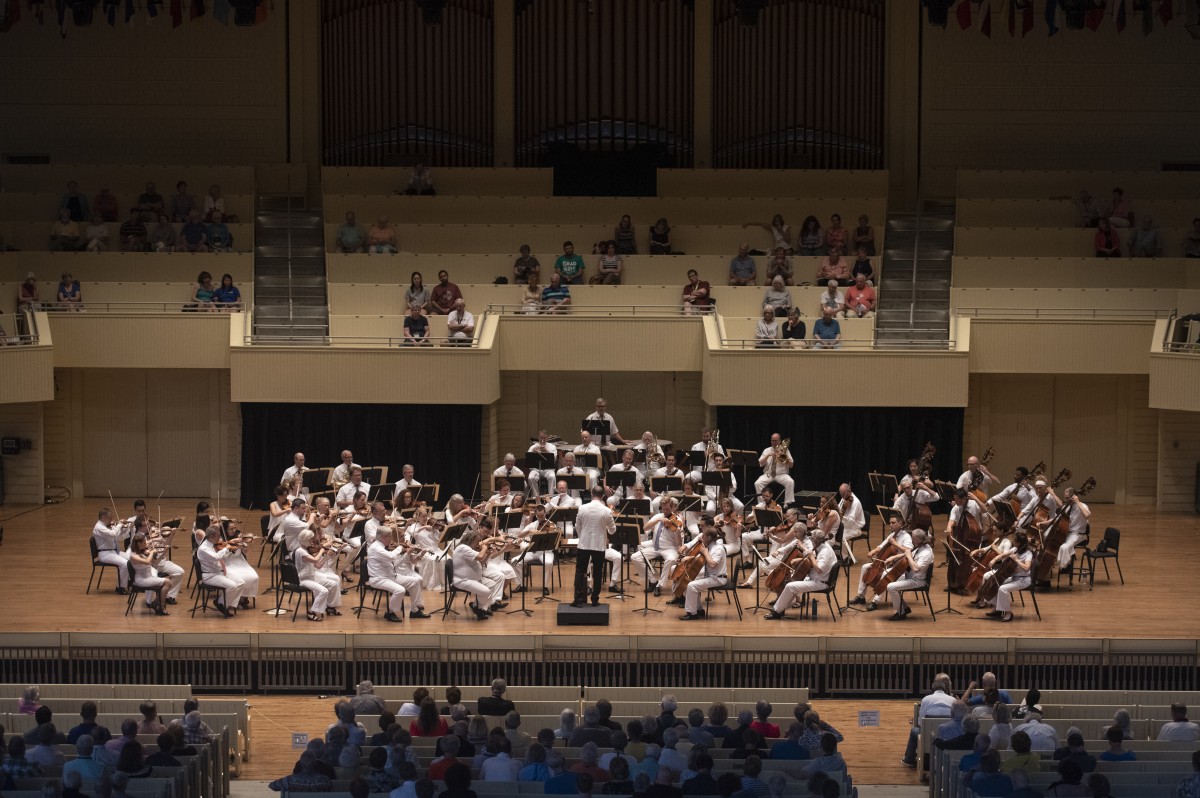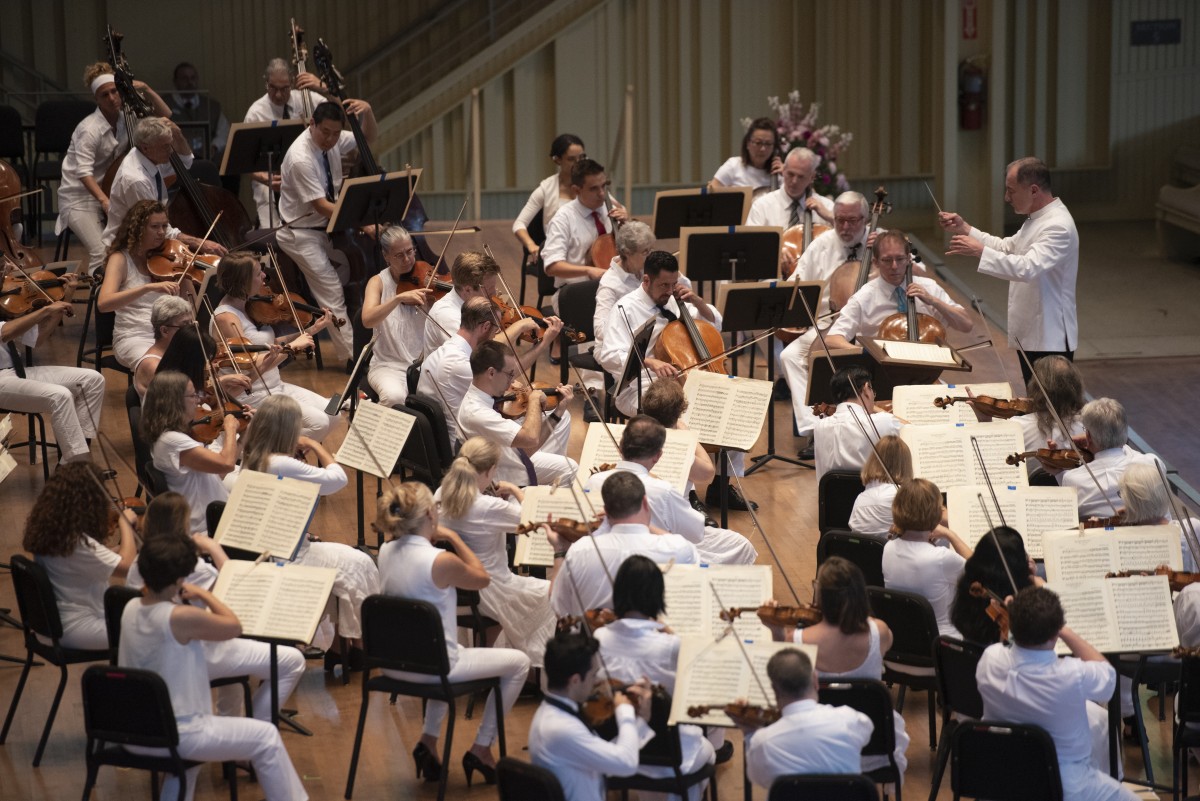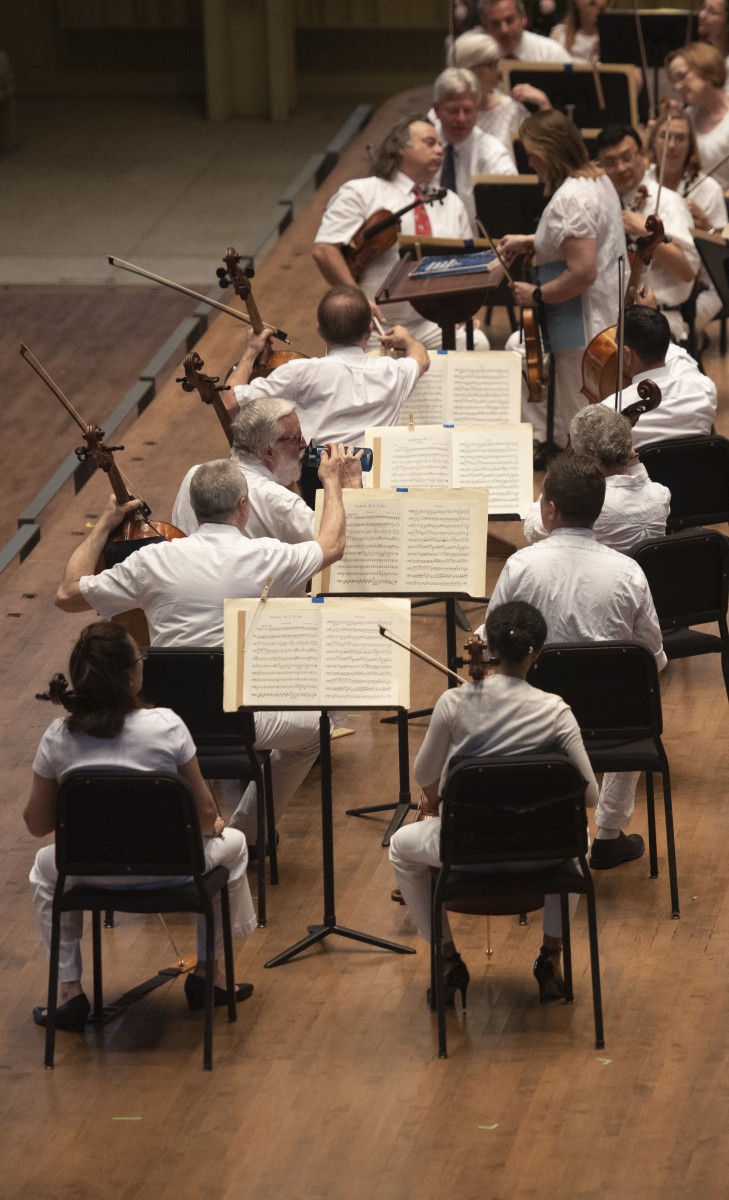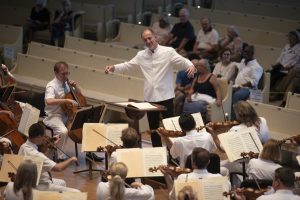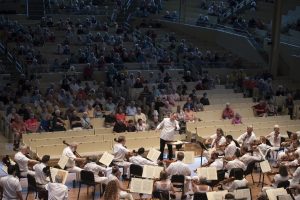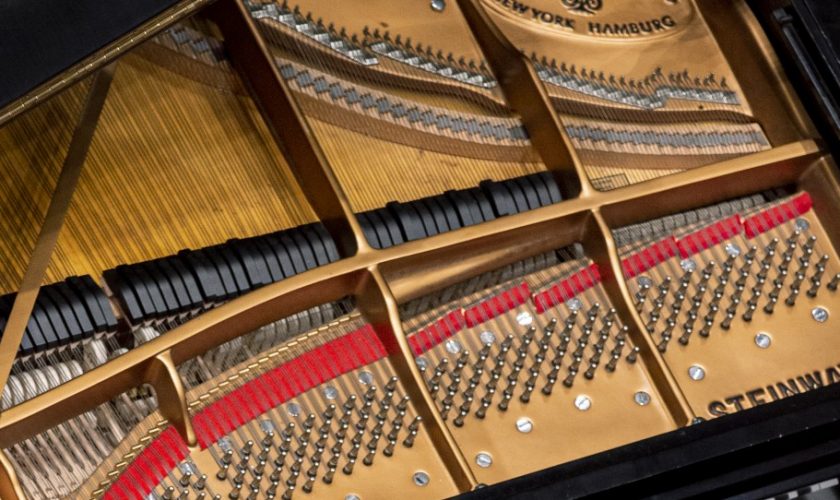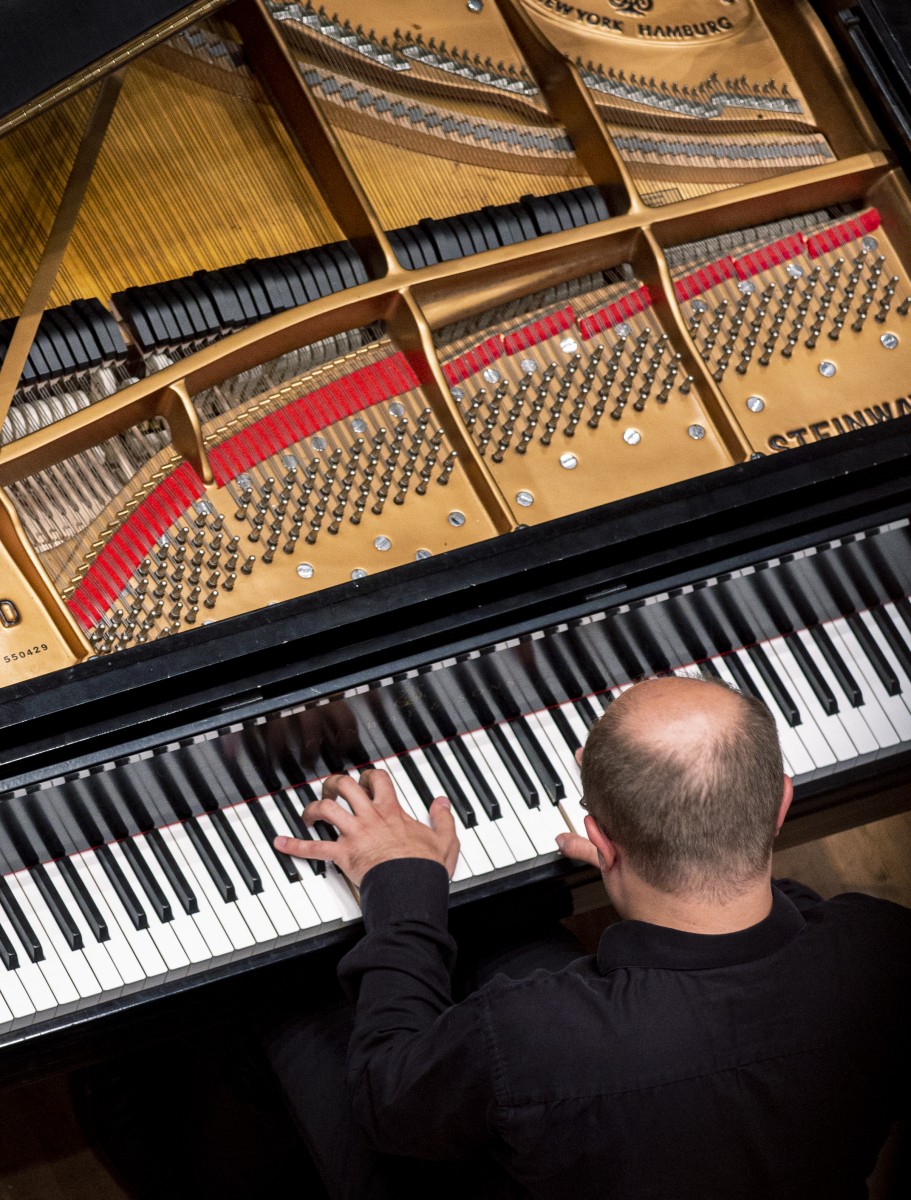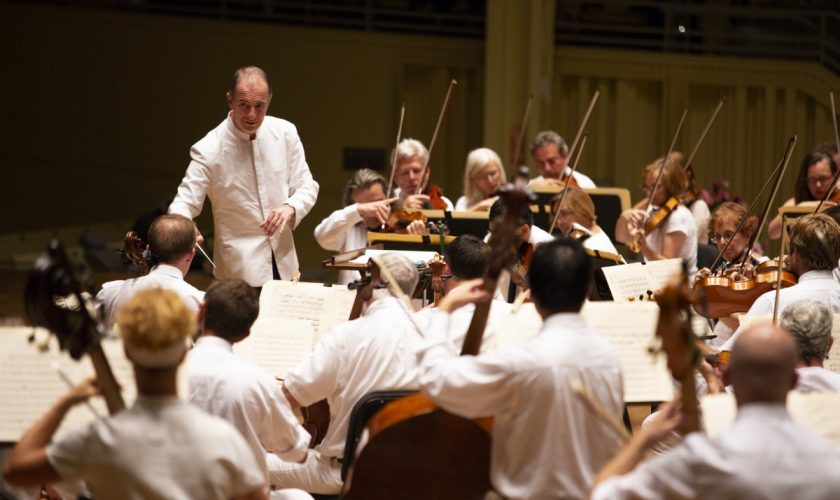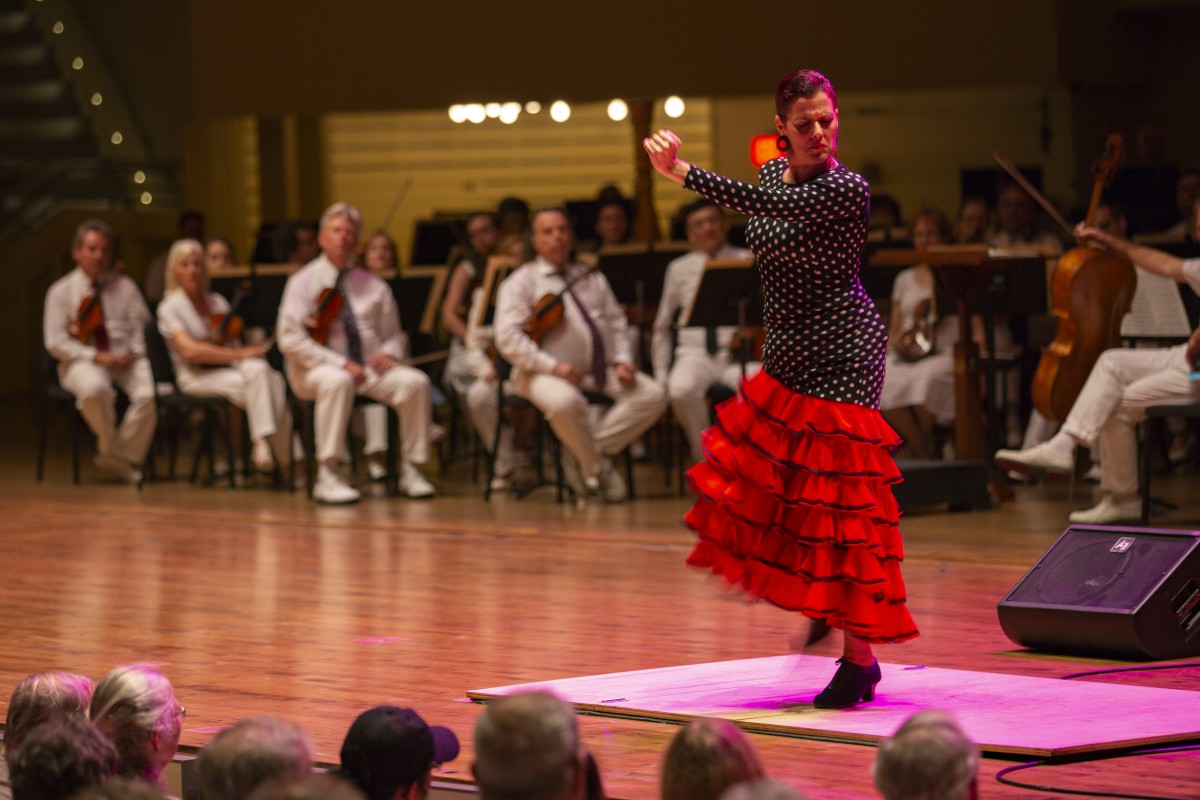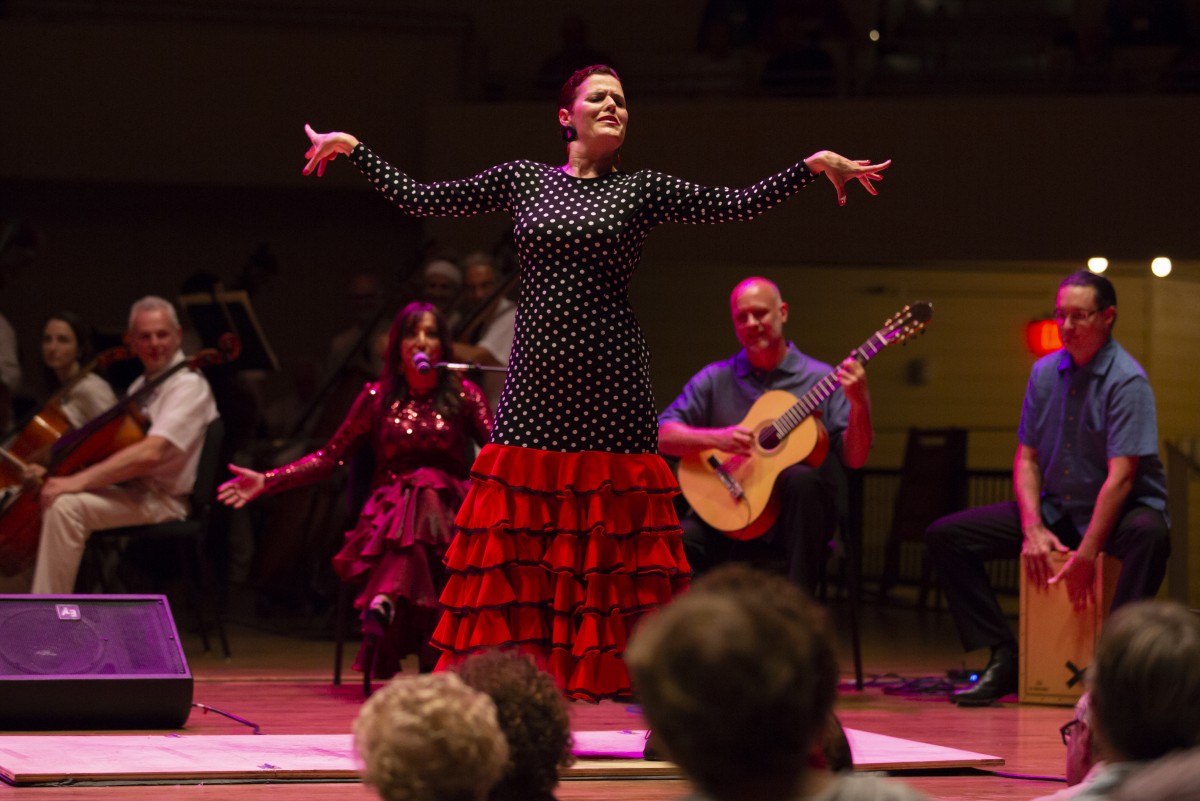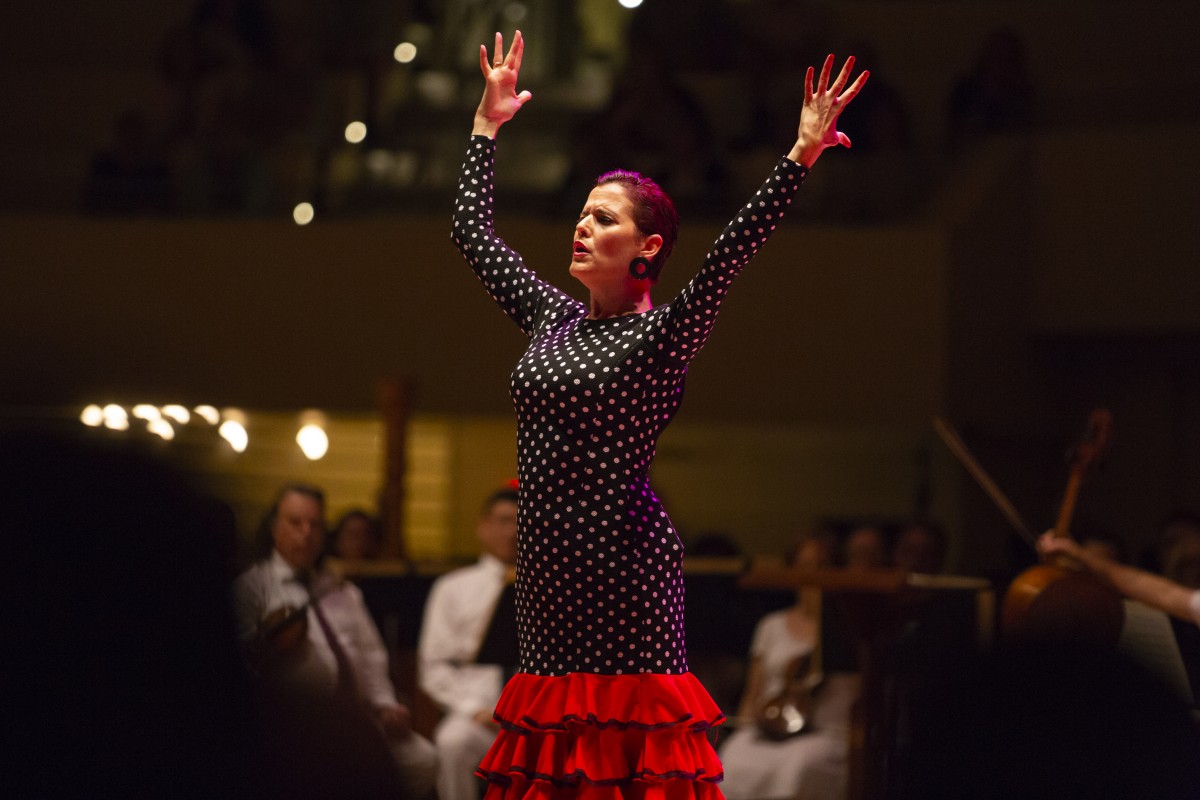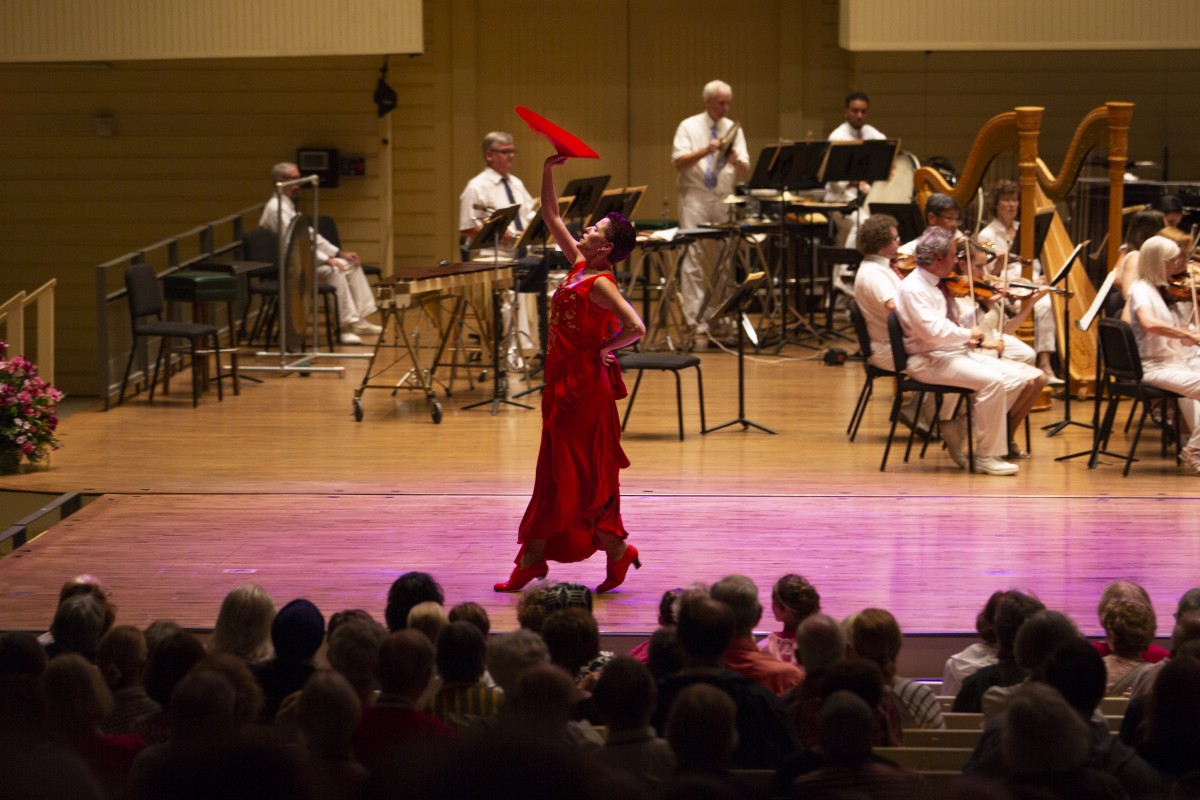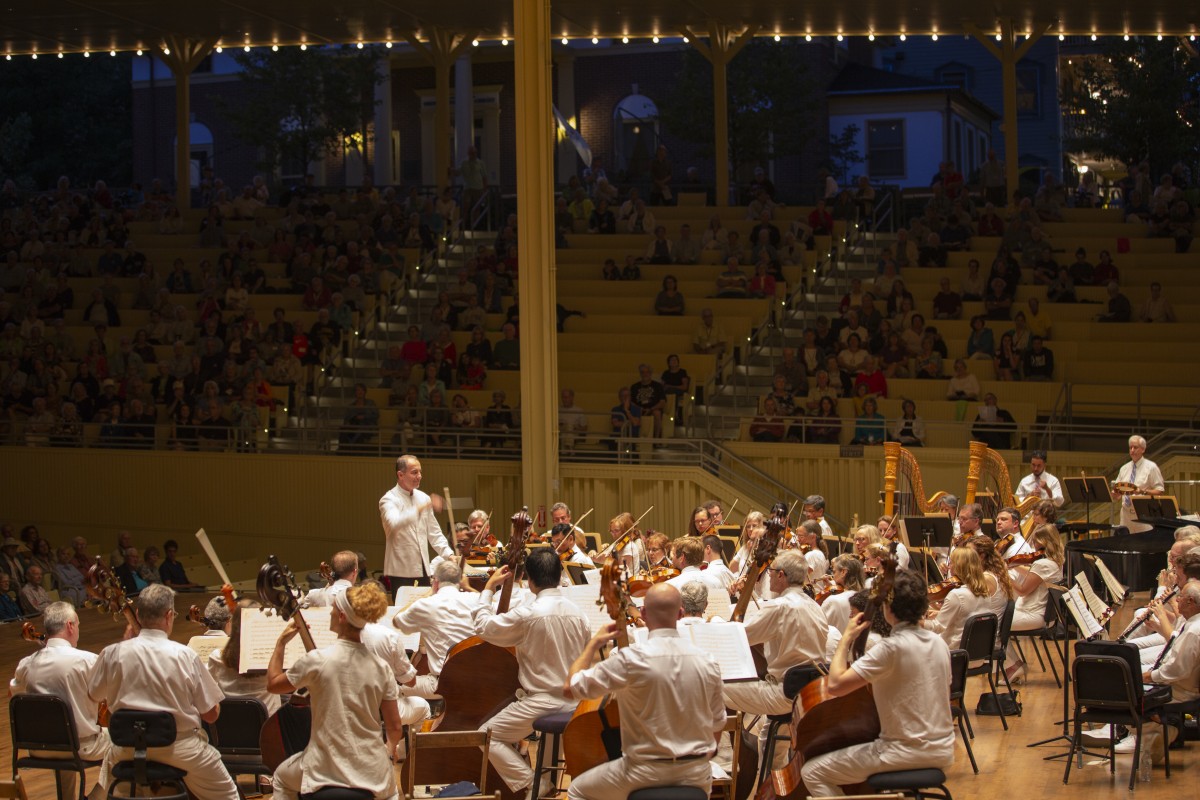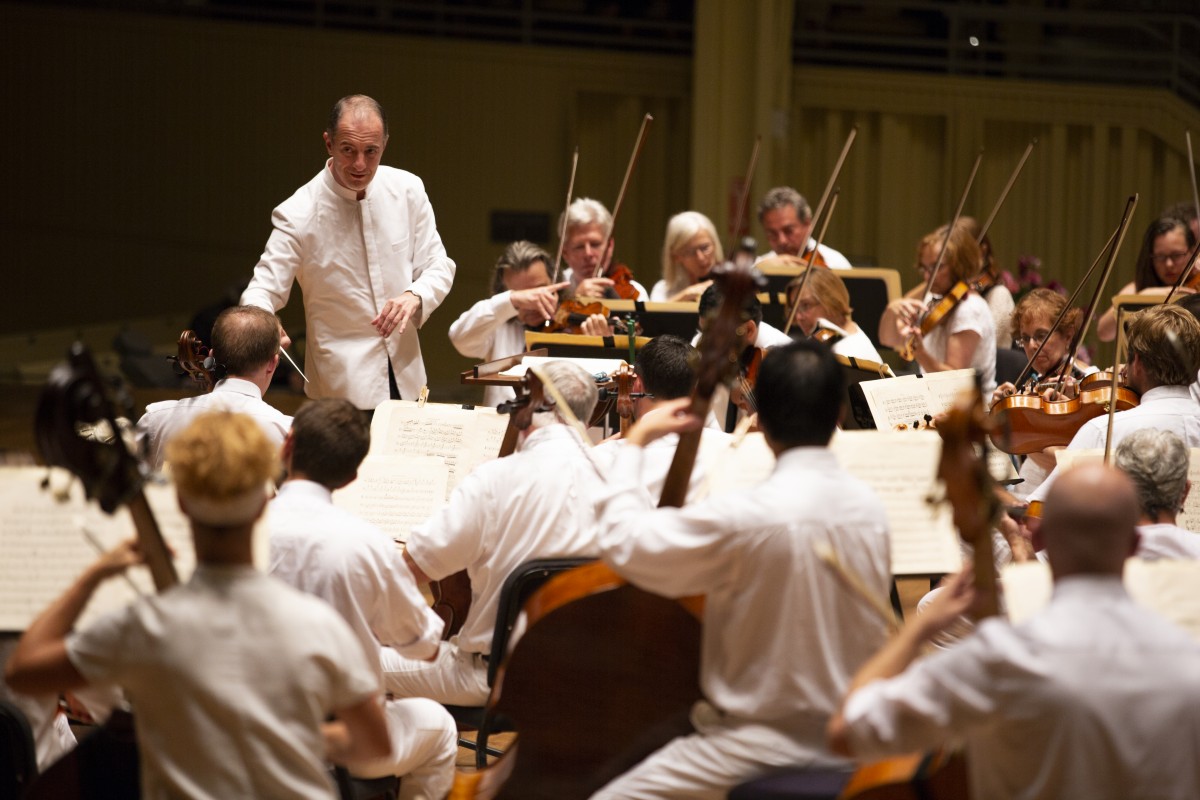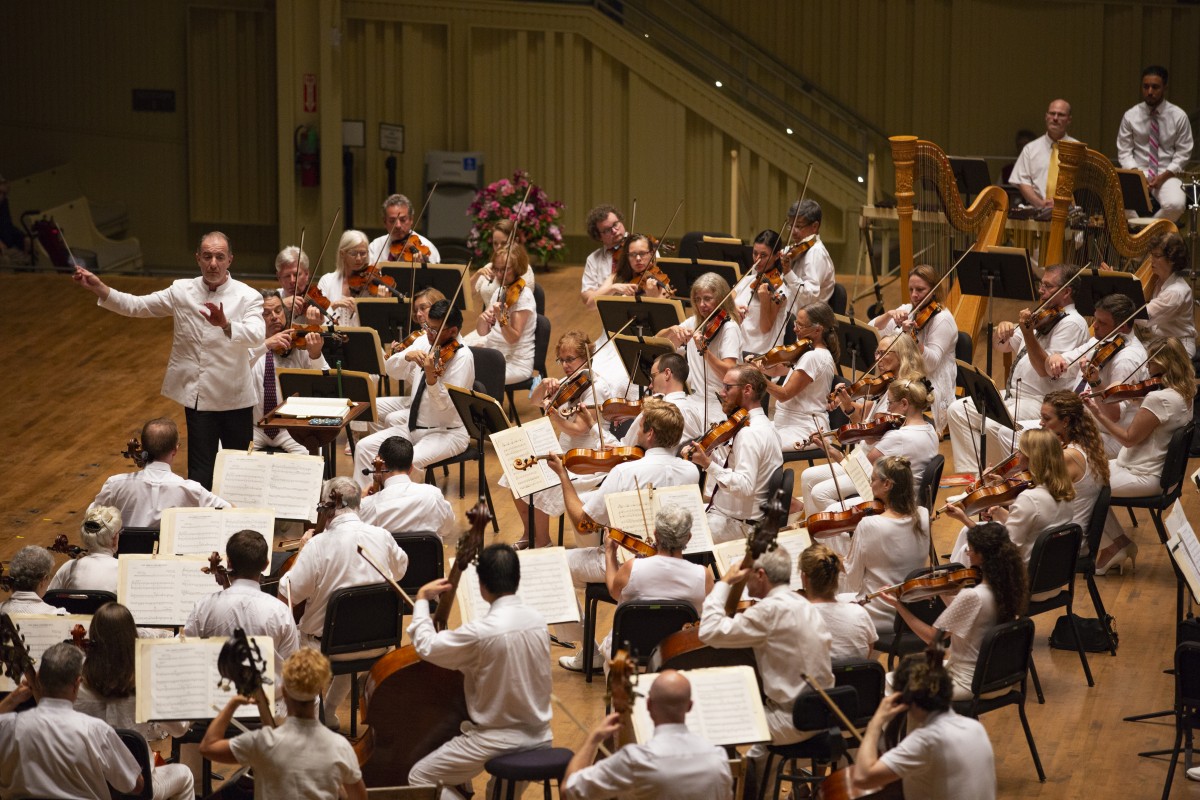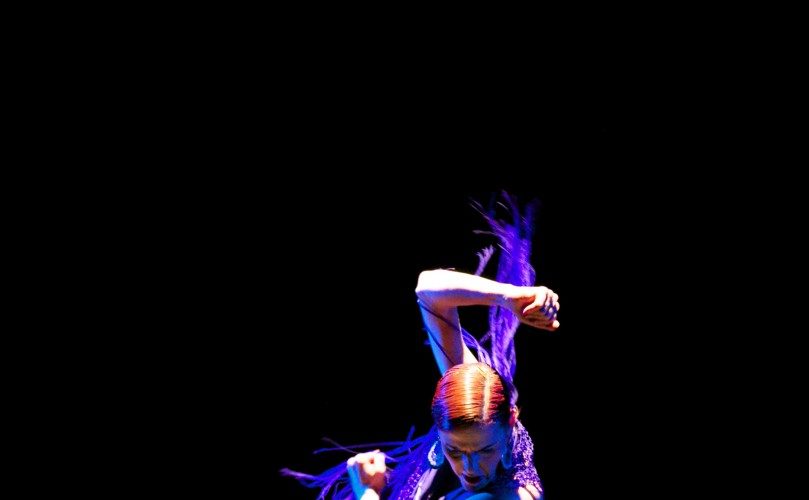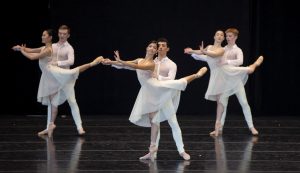
In the blistering summer heat, the Chautauqua Symphony Orchestra and the School of Dance will welcome the holidays (just a few months early) with candy canes and marzipan.
At 8:15 p.m. Tuesday, July 23 in the Amphitheater, the CSO will perform the Act II score of Pyotr Tchaikovsky’s The Nutcracker, for the collaborative concert “Nutcracker in July.” School of Dance students will present five divertissements, also from the second act, when Clara and her Nutcracker prince are welcomed into the Sugar Plum Fairy’s Land of Sweets.
“The Nutcracker doesn’t need much in the way of introduction,” said CSO Conductor and Music Director Rossen Milanov. “For Americans, it is one of the most popular Christmas stories.”
The Nutcracker debuted in the late 1800s in Russia, with underwhelming success; however in the last century, the classic Christmas tale has experienced a revival, with American choreographer George Balanchine’s 1950s adaptation.
It was an American blockbuster of a performance: a gargantuan Christmas tree that grew onstage, indoor snow, and elaborate costumes. And the tradition continues; according to The New York Times, the New York City Ballet — Balanchine’s company — earns about 40% of its yearly revenue from The Nutcracker.
“It’s an American tradition, but in Europe, there’s no tradition,” said Jean-Pierre Bonnefoux, the School of Dance’s artistic director. “We’d perform The Nutcracker, but it had nothing to do with the time of the year. It’s just a story, but not just for kids.”
School of Dance Festival and Apprentice dancers will perform the “Spanish Chocolate,” “Arabian Coffee,” “Chinese Tea,” “Candy Cane” and “Marzipan” dances — all characters from the Sugar Plum Fairy’s Land of Sweets.
The choreography is a Bonnefoux-original, which premiered with Charlotte Ballet; the costumes featured at tonight’s concert are also from Charlotte Ballet. All the divertissements will be performed en pointe.
The concert will open with Russian composer Igor Stravinsky’s “Divertimento” from Le baiser de la fée. The “Divertimento” is a concert suite for orchestra that Stravinsky wrote based on music from one of his own ballets, Le baiser de la fée (The Fairy’s Kiss). The ballet, which draws influence from Russian fairy tales, tells the story of a young man spirited away from his village and fiancée by a powerful fairy.
Stravinsky, a towering figure of 20th-century music, was inspired as a child by a production of Tchaikovsky’s The Sleeping Beauty and dedicated this score to “the memory of Pyotr Tchaikovsky.”
“It’s going to be nice to hear the wonderful music of Tchaikovsky that the symphony is going to play,” Bonnefoux said. “It’s just wonderful to be working on the Amphitheater with the symphony. That’s really a treat.”
Story by Maggie Prosser and Val Lick.

